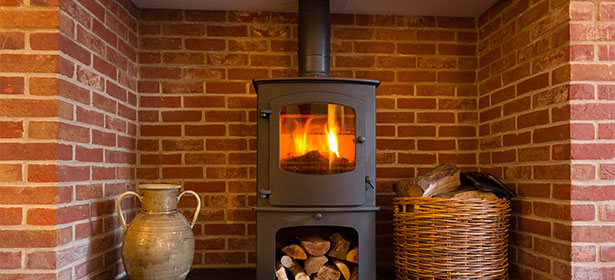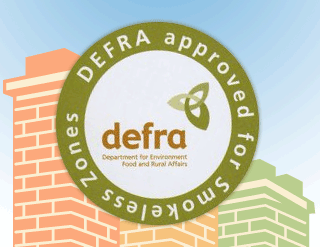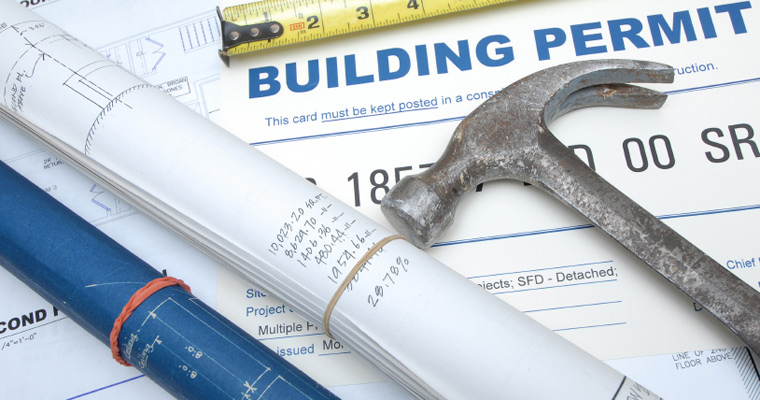We provide comprehensive advice during our free consultation, however you may wish to read some of the things we think are important when buying a stove.
What to consider when getting a stove?
A multi fuel stove can be a great focal point in your living room, creating a warm, cosy feel. It can also be a practical way to cut or avoid rising heating bills. Whatever your reasons for getting a stove, our expert guide will help you to choose whether a stove is right for you and what things you need to think about before spending your money.

What type of fuel do you want to burn?
Wood is a carbon-neutral fuel, as the carbon it gives off is counteracted by the carbon it takes in while growing. Coal, on the other hand, is far less eco-friendly. But your choice about which fuel to burn may depend on what supply you have locally.

How much space do you have to store fuel?
You’ll need plenty of room to store fuel, especially if you will be burning logs – based on the average amount people use per year, you need about three to four cubic metres of space. It will need to be a dry area that is easily accessible for deliveries. If you do decide to get a wood burner, keep in mind that the cheapest way to buy fuel is to get fresh logs that are still moist and dry them yourself to use the next autumn. This means you'll need around two year's worth of space.
Do you have a reliable fuel supply close to your home?
There are a number of websites that list local fuel suppliers, or you could check what free fuel there is near you - such as a nearby factory that would be happy for you to take items being thrown out. We can help you to source your choice of fuel.
Do you want to heat one room in the house or the whole property?
Stoves are generally used to heat one room, but you can attach it to the central heating system to heat other parts of the house.

Do you live in a smoke-controlled area?
A lot of towns and cities are smoke-controlled areas, meaning you will have to get a Defra (Department for Environment, Food and Rural Affairs) exempt stove to burn wood (also called Defra-approved). If you don't want to buy a Defra-exempt stove, you can instead burn smokeless fuels, such as anthracite, on a multi-fuel stove, but you won't be able to burn wood. Visit the Defra website to find out more, including an approved list of smokeless fuels. Click here: DEFRA Website
How often will you be home, able to light the fire and clean the ash away?
Keep in mind that stoves can take time to light. However, you can get stoves that will light automatically, usually pellet stoves, although these are more expensive. Some multi-fuel stoves can be run on 'slumber' overnight, but wood burning stoves can't. It’s also worth noting that you will need to get the chimney swept at least once, preferably twice, a year and pellet stoves will need to be serviced once a year as well. We offer chimney sweeping as one of our services.

Will you be able to comply with building regulations?
All stoves must meet UK building regulations. For example, there are specifications around how the flue is fitted, the size of the hearth or the distance of the stove from combustibles. These can all affect the type of stove you can have, we can provide you advice on the best stove to install. If you live in a listed building, this may affect your options. In the UK, building regulations state that new heating appliances must meet a minimum efficiency rating. This is currently 65% for a stove, and 67% for one that incorporates a boiler. The higher the percentage, the more efficient it will be, and therefore the less fuel you’ll need to heat your home. At the moment, most stoves have an efficiency rating of between 60% and 80%, and boilers between 80% and 90%. However, new EU laws coming into force in 2022 mean that stoves will need to be at least 80% efficient. Although this isn't a legal requirement until 2022, trade body the Stove Industry Alliance (SIA) have been working with manufacturers to produce stoves that meet this criteria since 2017.

Always make sure you buy a stove with the CE mark so you're assured that it meets the right European safety and efficiency standards for stoves in the UK.
Conclusion: A key part of choosing the right stove for your home is getting the right size and heat output, which is measured in kilowatts (kW) and ranges from 3kW to over 15kW. If you get a stove that has too high an output for your home, you may end up having the windows open all the time to cool it down - or running the stove at a lower temperature, which will create more tar and smoke and be less efficient. The size you need can be affected by; the size of the room (for example, if the room you want the stove in is open plan) the size of the windows and whether you have double glazing if the room has insulation of any kind, such as wall or cavity insulation and the age of the property. Rest Assured we can help by providing advice during our survey, before installation, this is a completely free service.